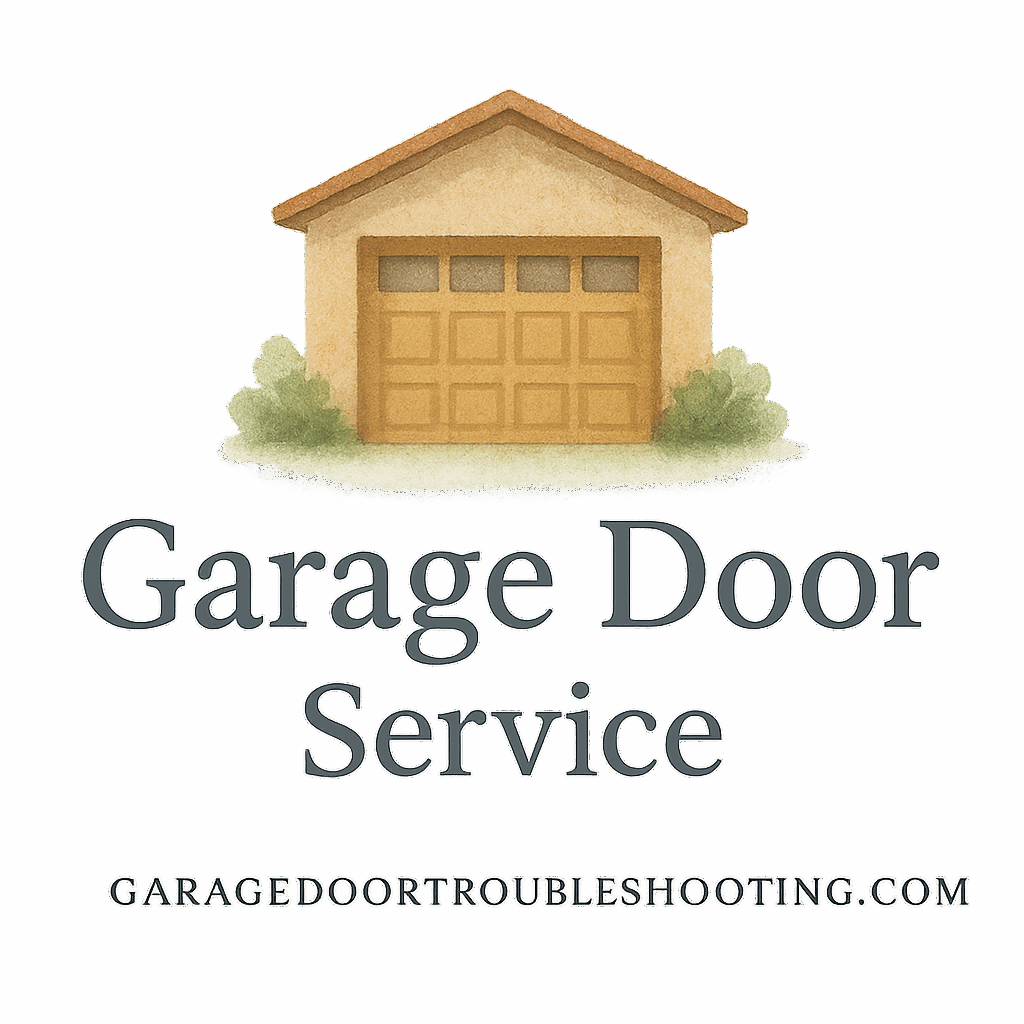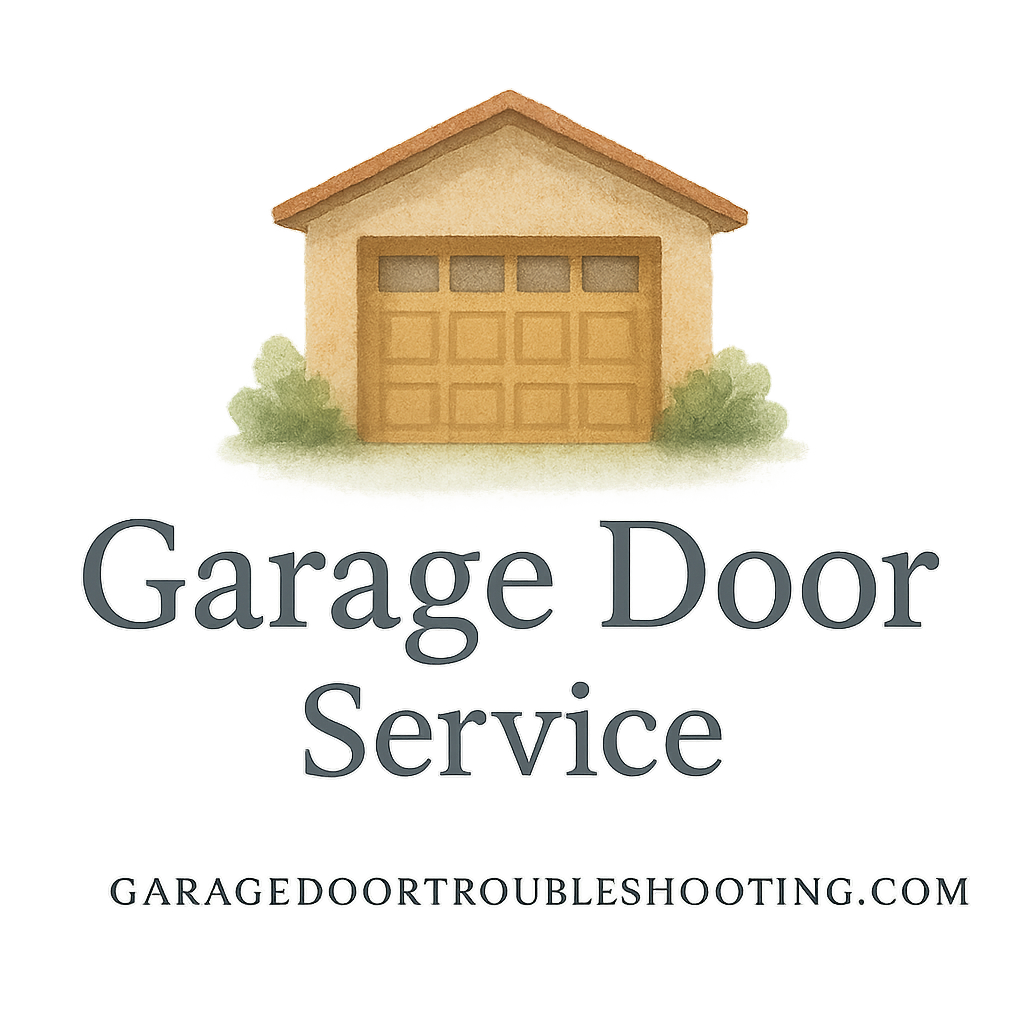Thinking about upgrading your garage door? Smart move! A garage door isn’t just about access—it’s about security, style, insulation, and even the value of your home. But before you jump into installation, there are some crucial things you need to think through. Let’s walk you through the top 10 considerations to help you make the best decision.
1. Assess Your Garage Door Needs
Evaluate Daily Usage
Are you opening and closing your garage door multiple times a day? If so, you’ll need a door built for durability. Think of it like shoes—you wouldn’t wear flip-flops for a hike, right?
Storage and Accessibility Needs
Is your garage strictly for your car, or is it doubling as a workshop or gym? Your usage will shape your choice. For instance, you might want better insulation or more natural light through window panels.
2. Measure Your Garage Space Accurately
Height, Width, and Clearance
You’d be surprised how many homeowners forget to double-check dimensions. Measure the width, height, and space above the opening (headroom). Some automatic openers need extra clearance.
Single vs. Double Door Configuration
Have two cars? You might consider a double door instead of two singles—it can streamline access and sometimes reduce installation complexity.
3. Choose the Right Garage Door Material
Steel Doors
Steel is a popular choice because it’s durable and low-maintenance. It also plays nicely with insulation upgrades.
Wood Doors
If you love classic curb appeal, wood offers that rustic charm. But remember, wood requires regular maintenance to keep looking fresh.
Aluminum and Glass Options
For a modern touch, aluminum with frosted glass is stylish and sleek. Great for homes with contemporary design vibes.
For more material guidance, explore the buying guide.

4. Understand Garage Door Insulation
R-Value Explained
R-value measures insulation performance. The higher the R-value, the better your garage retains heat. This is key if you use the space year-round.
Climate Considerations
Live somewhere chilly or super hot? Insulated doors help reduce energy bills and improve comfort.
Check out our full garage door maintenance tips to keep insulation working at its best.
5. Decide on Manual or Automatic Operation
Benefits of Automatic Doors
Convenience is king. Automatic garage doors are secure, fast, and can even be operated from your phone.
Power Backup and Smart Features
Think about smart openers that offer app connectivity, cameras, and even battery backups for power outages.
Explore more garage door installation advice.
6. Focus on Garage Door Style and Curb Appeal
Matching Home Aesthetics
Choose a design that complements your home’s style. A sleek door for a modern house, or a carriage-style one for a traditional look.
Window Panels and Color Choices
Windows add charm and natural light. Don’t forget to coordinate colors with your home exterior.
More planning tips are available to help boost curb appeal.
7. Think About Garage Door Safety Features
Sensor Systems
Modern doors come with motion sensors to prevent accidents. They’ll stop or reverse if something is in the way.
Childproofing and Auto-Reverse
If you have kids, safety features like auto-reverse are a must. No compromises here—this is about protecting your family.
Read our garage door safety & security guide.
8. Plan for Regular Garage Door Maintenance
DIY vs. Professional Maintenance
You can handle some upkeep like lubrication or cleaning tracks. But for spring or cable issues, go pro. Seriously, don’t risk it.
Creating a Maintenance Schedule
Plan quarterly inspections. A small issue today can become a pricey repair tomorrow.
Here’s a helpful section on DIY repairs and professional services.
9. Consider Garage Door Installation Costs
Material and Labor Costs
Prices vary based on material, size, and opener type. Steel might be cheaper upfront, but a wood door adds value.
Hidden and Long-Term Costs
Don’t forget future repair costs, electricity usage, or the need for repainting (especially for wood doors).
Need repair estimates? Check out our full garage door repair guides.
10. Hire a Professional Garage Door Installer
Research and Reviews
Look for licensed, insured, and well-reviewed installers. A good one will inspect, install, and walk you through how everything works.
Warranties and Service Contracts
Ask about warranties and what’s covered. Some even offer service contracts for ongoing care.
More info on finding the right provider is available here.
Conclusion
Installing a new garage door isn’t something you do every day. So, take your time. Think about your needs, measure correctly, consider style and safety, and budget accordingly. Most importantly, don’t skimp on the professional help—that last part can make or break the entire experience. Whether you want more convenience, better insulation, or a garage door that boosts your home’s value, a thoughtful approach always pays off.
Before you go, check out our full resource at Garage Door Troubleshooting to keep learning, planning, and maintaining with ease.
FAQs
1. What is the best material for a garage door?
It depends on your budget and needs. Steel is durable, wood looks great but needs care, and aluminum offers modern aesthetics.
2. How much does garage door installation cost?
It ranges from $700 to $2,500 or more, depending on the materials and whether you need an opener or custom work.
3. Do I really need an insulated garage door?
If you live in an area with extreme temperatures or use your garage often, insulation is a game changer.
4. Can I install a garage door myself?
It’s possible, but not recommended unless you have serious experience. One wrong move with the springs can be dangerous.
5. What are smart garage doors?
Smart doors can be controlled via app, send alerts, and offer features like remote monitoring and camera integration.
6. How often should I maintain my garage door?
Check and lubricate monthly, and schedule professional maintenance at least once a year.
7. Are there specific safety regulations for garage doors?
Yes, modern doors must meet UL 325 safety standards, including features like auto-reverse and sensor systems.
Learn more from our curated content on safety, dangerous repairs, and professional services.


